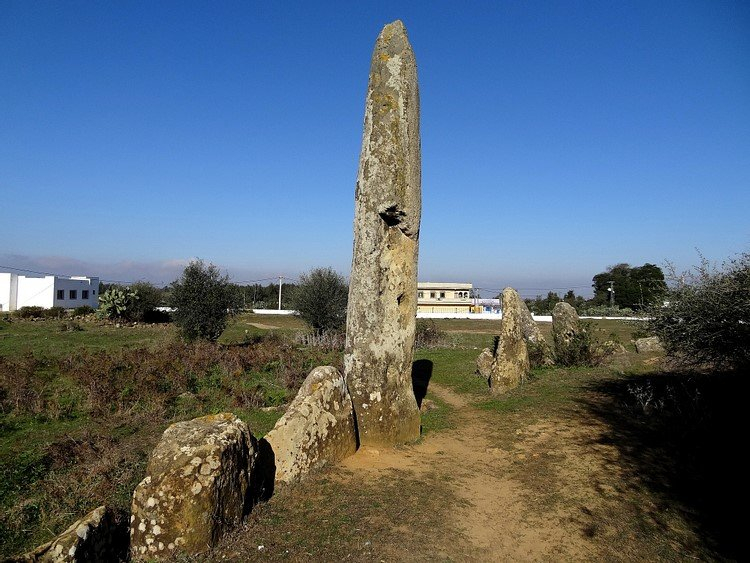The Megalithic Menhirs of Mzora

Top 7 in Top 13 Stone Age Mysteries
A one-of-a-kind and intriguing megalithic building is located in a seldom-visited and uninviting region of Morocco, not far from the Atlantic coast, but far from major tourist spots and adequate highways. The Mzora stone ring (also known as Msoura/Mezorah) is the world's largest stone ellipse. It's around 6.8 miles (11 kilometers) from Asilah and 6.7 miles (27 kilometers) from ancient Lixus's spectacular, overgrown ruins. Mzora is relatively unknown in history, however Plutarch may have mentioned it in the first century A.D. in his Life of Sertorius.
The 10,000-year-old site has 168 surviving stones out of a total of 175 that were once expected to exist. The tallest of these stones is nearly 16.5 feet (5 meters). The only professional assessment of the location was conducted in the 1970s by the Woods Hole Oceanographic Institute in Massachusetts. Mzora was discovered to be not only unusual in terms of itself, but also to have implications for the history of megalithic sites in Britain as a result of that survey.
Mzora appears to have been erected by the same culture that built megalithic monuments in Ireland, France, and Britain, as the site is aligned with Stonehenge and Carnac and is firmly tied to the European continent. The ellipse was created using a Pythagorean right-angled triangle with the ratio 12-35-37. The Sands of Forvie and Daviot rings, which are among the 30 good examples of British stone ellipses that have survived, were made using the same procedure.
Dated: to the 4th or 3rd century BC
Location: Northern Morocco













